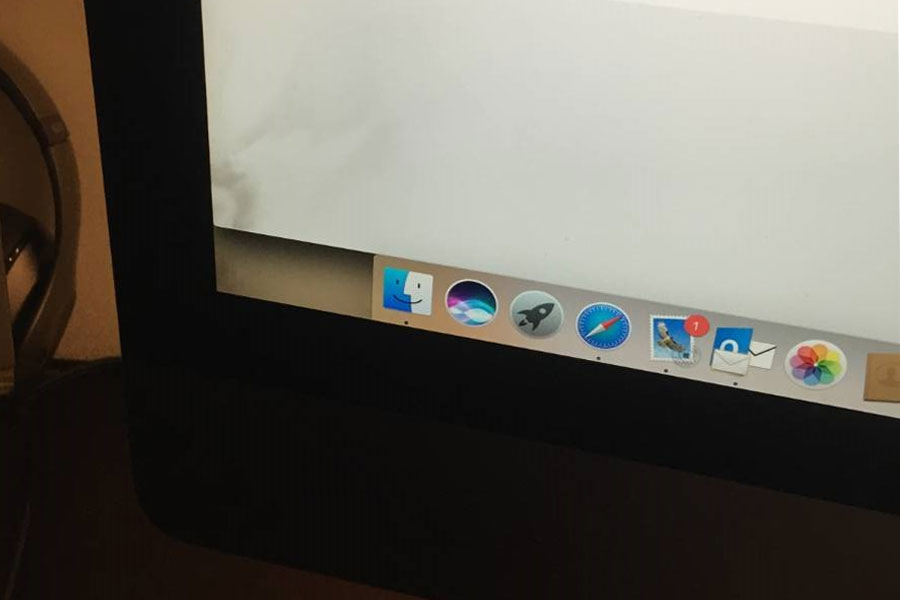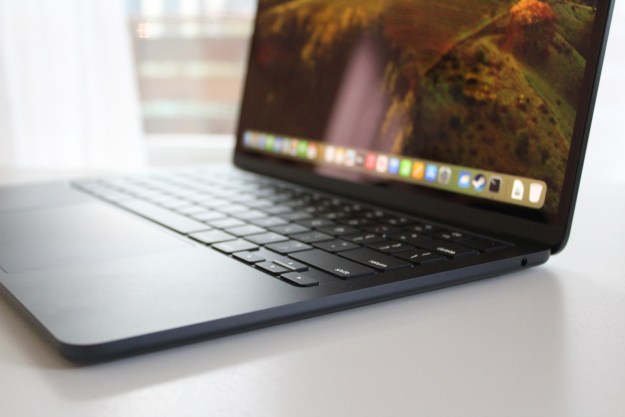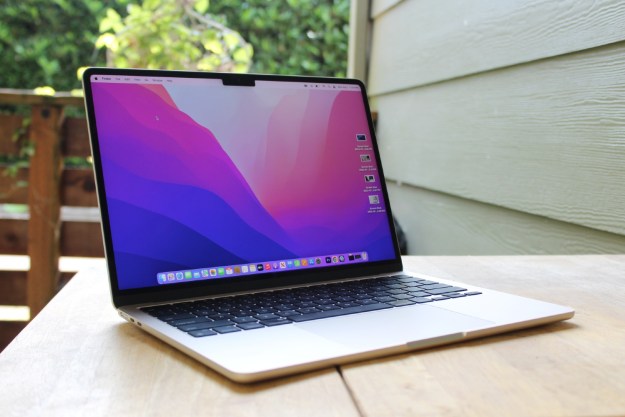
An affected MacBook screen from the lawsuit case gallery.Apple is under fire from a new class-action lawsuit. This one isn’t about keyboards, but it is about dust. Many MacBook Pro and iMac users are fed up with the dust that is built up in their systems, in some cases leading to smudges on screens and in others, severe overheating, making laptops and desktops run much slower than they should due to thermal throttling.
Apple is no stranger to legal action from its user base having faced down class actions for a variety of faults in its hardware over the years. The latest one claims Apple has been negligent in not providing adequate dust filtering for its products, leading to an excessive amount of dust collecting inside MacBooks and iMacs. This lead to problems which owners were forced to fix at their own expense and usually through Apple since the company does not like third-party repairs.
Plaintiffs, in this case, are being represented by Hagens Berman Sobol Shapiro LLP, a class-action litigation firm based in Seattle. It released a statement via co-founder Steve Berman, which highlighted the issues in question and suggested that it intended to “hold Apple accountable for this costly defect affecting millions of its computers.”
The suit, initially reported on by Mac Rumors, is seeking compensation for Mac owners for the prices paid for their displays which did not perform as advertised and compensation for any repair costs they may have incurred while owning affected products. It is also seeking compensation for anyone who sold their Apple device at a lower cost than they might have otherwise been able to, had dust not been an issue.
The lawsuit highlights a lack of dust filters as the main reason for the dust buildup. It also suggests that Apple flippantly charges for entire screen replacements when removing the screen and cleaning it would suffice. It cites particular examples of professional individuals who paid hundreds, if not thousands, to repair Apple Mac devices affected by dust buildup.
Hagens Berman is looking to sign up more Apple customers affected by this issue, suggesting that anyone who owned or owns a 2013-2018 Apple iMac desktop or MacBook laptop may be deserving of compensation. If you fall into that category and wish to learn more, you can sign up to the lawsuit here.
Statista suggests that throughout that period, Apple sold tens of millions of those devices to consumers. If even a small fraction of that number sign up to the lawsuit and it proves successful, it could force Apple to make a gargantuan payout. Such a result would likely take some time to come to fruition, however.
Editors' Recommendations
- Why Samsung’s answer to the MacBook Pro can’t quite compete
- MacBook Pro OLED: Here’s everything we know so far
- The new iPad Pro would be perfect, if only it were a Mac
- These 6 tweaks take MacBooks from great to nearly perfect
- MacBook Pro 16 vs. MacBook Pro 14: The important differences


